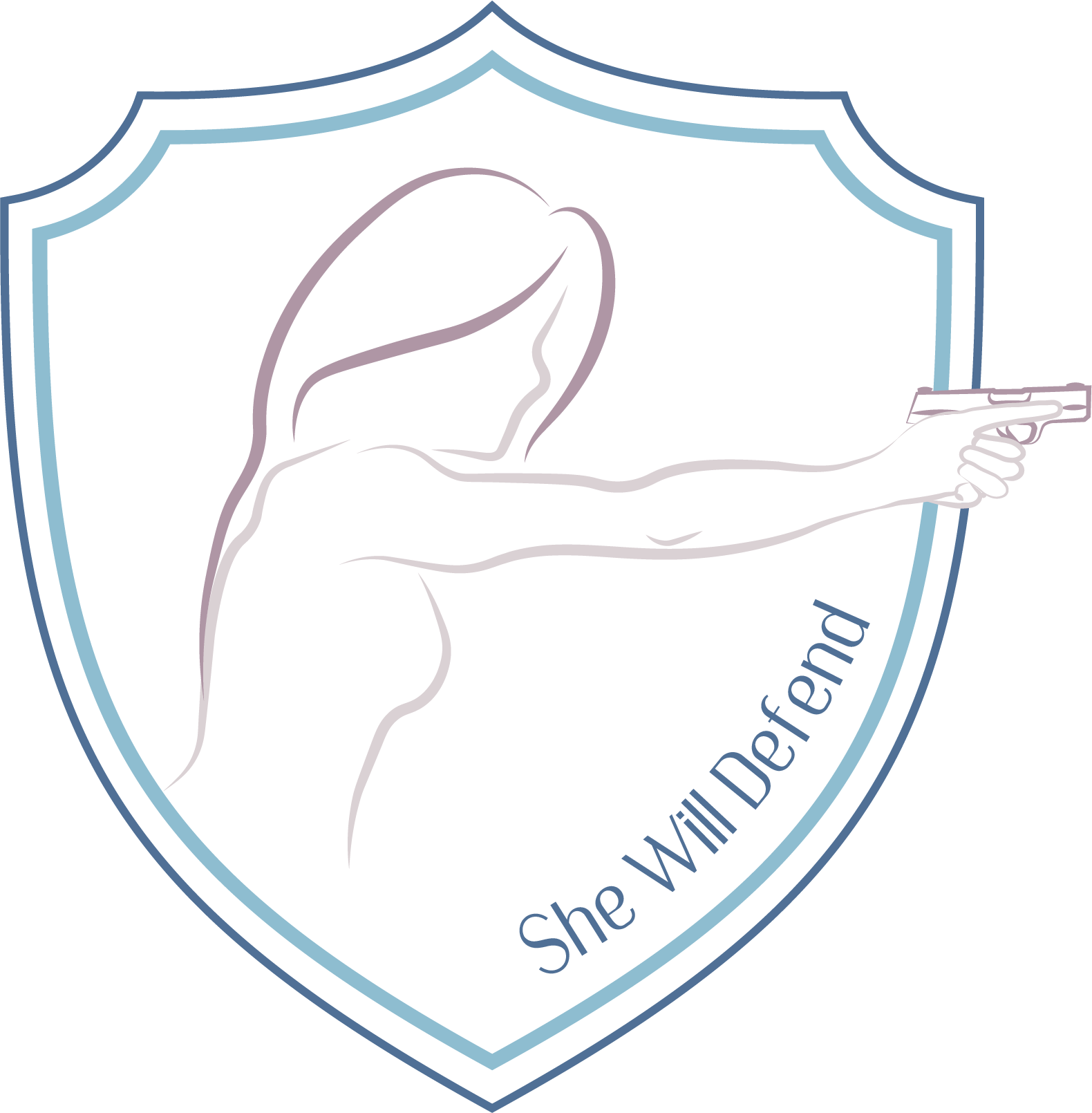

Welcome!
She Will Defend is a home-based firearm instruction and sales company based in Broomfield, Colorado. We pride ourselves in providing an exceptional experience for all and focus especially on women who are new to firearms.
We understand that firearms can be daunting and if you haven’t owned a firearm before you probably have a lot of questions. This is why we are here! We love answering your questions and making sure you are confident in your decision!
